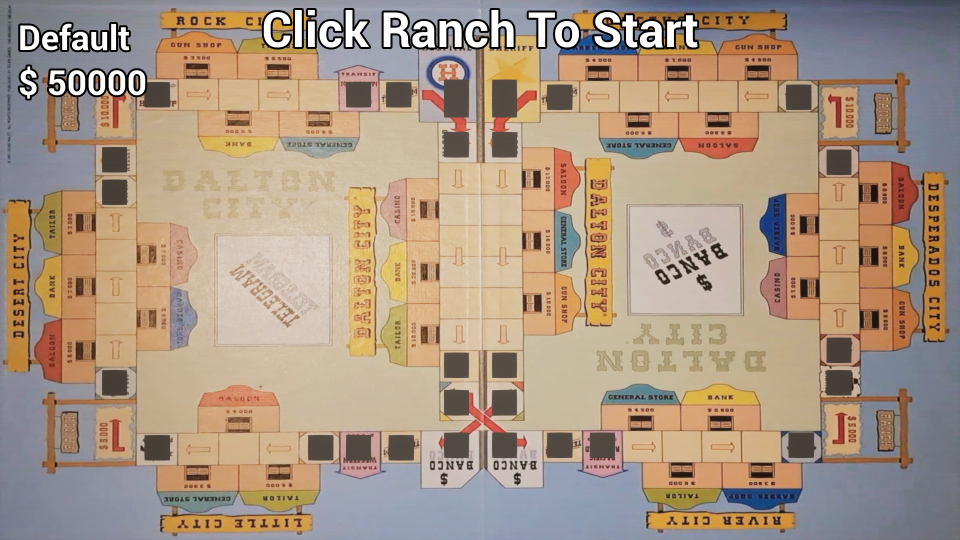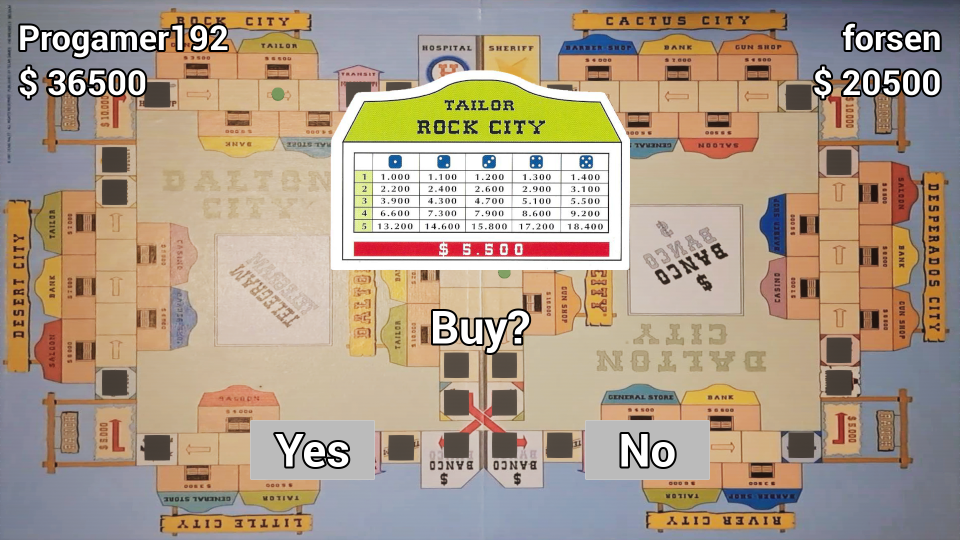The Code
As the code is mostly Blueprinted, I will try to summarize this shortly.
For the Lobby code, everything can work with default Session Blueprints in Unreal, yet I used the Advanced Sessions plugin so I could add more settings.
This allows me to cap the users to the amount of people in a lobby and kick any other people trying to join.
The only part that is different is the joining via IP, this is done via Console Command.
However I have noticed some bugs if you try to leave that session, but will test this more in the future.
For the Game code, the GameMode checks if the amount of players that join is equal to the amount of players that were in the lobby when the game started.
This is doable thanks to the Advanced Sessions plugin.
If the correct amount has been reached, we switch the Match State, which is stored in the Game State.
The players then decide where to place their pawn.
Once everyone has done that, the Game State switches to InGame, picking a starting player and starting the match.
When the match has started, the turn player will get the option to roll.
After rolling, the player will advance that amount of spaces.
Whatever tile they land on, this tile will execute their effects.
Currently this could either be; buying a Trade Tile, paying another player, receiving money from Ranch.
Whenever a player goes bankrupt, the server GameState gets notified.
It will check if all of the players except 1 are bankrupt, if so, the game will end.
The host will then get the option to go back to the Lobby.
The most difficult part of the game was to understand the difference between when a Server call needed to be done or when a call for Owning Client needed to be done.
Only the PlayerController has access to Server calls, so this complicates a lot of things.

